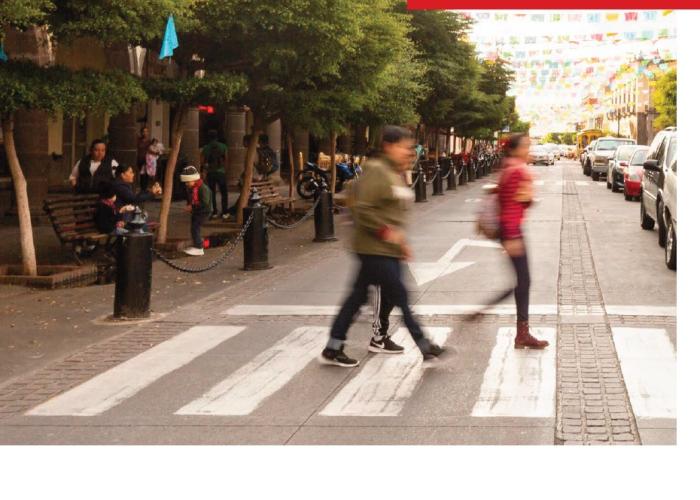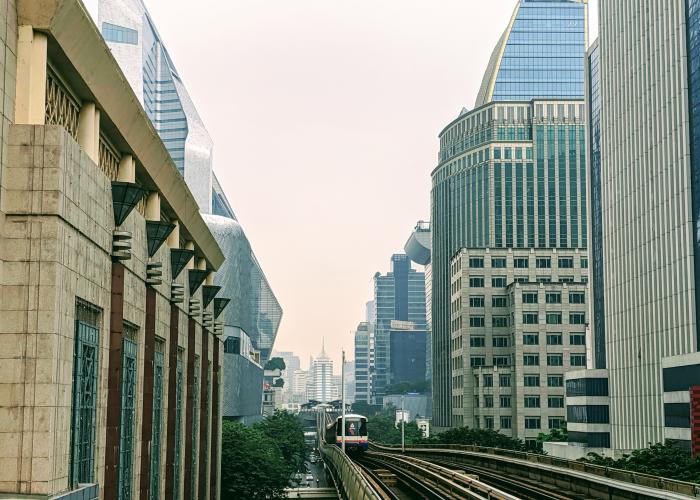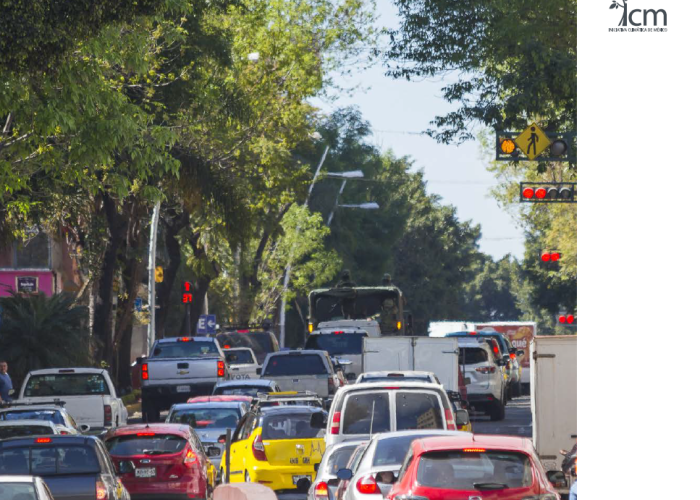The training set interactively provides insights into establishing a public transport authority and its key characteristics, such as planning, management, equipment, organisational arrangements, responsibilities, capacities, resources, and institutional relationships.
- Developed by: TRANSITEC
- Level of Expertise: Expert
- Language: French
- Keywords: Planning, Transport Authority
- Time (minimum): 1h30'
Description
The training set interactively provides insights into establishing a public transport authority and its key characteristics, such as planning, management, equipment, organisational arrangements, responsibilities, capacities, resources, and institutional relationships. A public transport authority, or mobility authority at large, contributes to reducing the fragmentation of public services and regulating paratransit, reducing inefficiencies in urban mobility. Defining the authorities in charge of regulating paratransit services and the scope of their prerogatives is essential to cut GHG emissions and enhance working conditions in the sector.
Training Objectives
- Provide training on the process of establishing a transport authority
- Understand the strategic vision, tactical organisation, and other operational elements of a transport authority
- Get to know possible institutional arrangements and implementation challenges.
Indicative Agenda
- Introduction to the EASI concept
- A Transport Authority: legal and institutional aspects, context and justifications, roles and characteristics.
- Steps to implement a transport authority: CETUD (Dakar), AMUGA (Abidjan), LAMATA (Lagos), DTCA (Dhaka)
If you are interested in accessing this training material, please get in contact with the MobiliseYourCity Secretariat: contact@mobiliseyourcity.net


